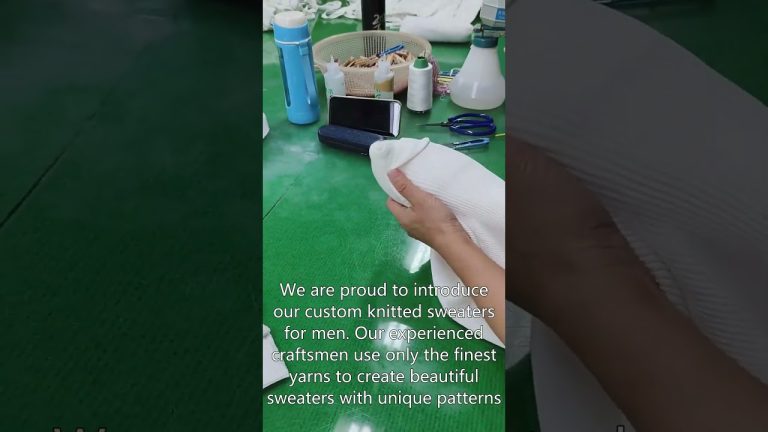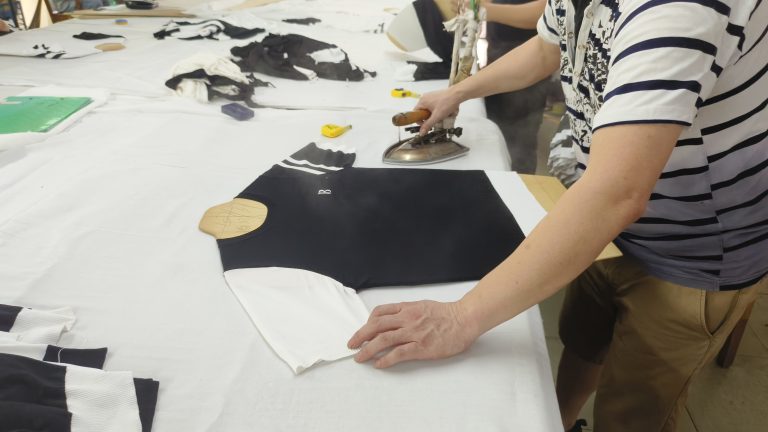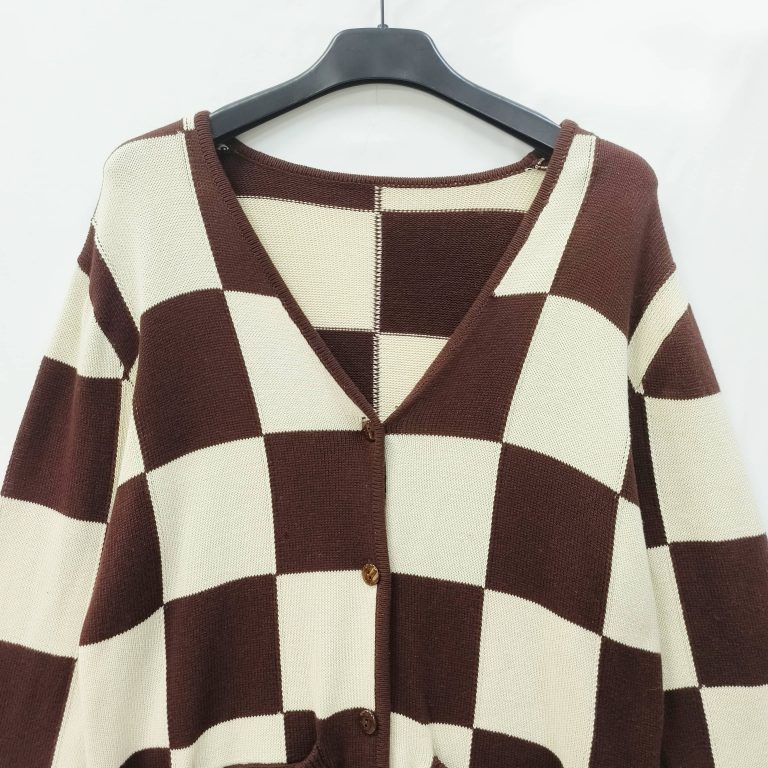Sustainable Practices in manufacturing children’s clothing
Manufacturing children’s clothing is a booming industry, with demand for cute and stylish outfits for little ones constantly on the rise. However, with this increase in production comes a responsibility to ensure that the manufacturing process is sustainable and environmentally friendly. clothing manufacturers in Asia are taking steps to implement sustainable practices in their factories to reduce their carbon footprint and minimize waste.

One of the key ways that clothing manufacturers in Asia are working towards sustainability is by using eco-friendly materials in the production of children’s clothing. Organic cotton, bamboo, and recycled fabrics are becoming increasingly popular choices for manufacturers looking to reduce the environmental impact of their products. These materials are not only better for the planet, but they are also safer for children to wear, as they are free from harmful chemicals and pesticides.
In addition to using eco-friendly materials, clothing manufacturers in Asia are also implementing energy-efficient practices in their factories. By using renewable energy sources such as solar power and wind energy, manufacturers are able to reduce their reliance on fossil fuels and decrease their carbon emissions. Energy-efficient lighting and machinery are also being used to further reduce energy consumption and minimize waste.
| joker sweater manufacturer | baby sweater onesie Maker |
| hirka kazak Producer | parada erkek kazak manufacturer |
| tricot dresses Maker | men’s jacket sweater manufacturer |
| embroidered sweaters Producer | sweater customize manufacturer |
| knitwearvelvet Producer | cinch pullover maker |
| factory custom Producer | sweater hoodie anak Producer |
| fringe sweater maker | teddy fleece jumper Maker |
| jumper for Producer | sweaters knitted manufacturer |
Another important aspect of sustainable manufacturing practices in the children’s clothing industry is waste reduction. Manufacturers are implementing recycling programs in their factories to ensure that any leftover fabric scraps or unused materials are repurposed rather than ending up in landfills. By finding creative ways to reuse and recycle materials, manufacturers are able to minimize their environmental impact and create a more sustainable production process.
Furthermore, clothing manufacturers in Asia are also focusing on ethical labor practices to ensure that their workers are treated fairly and paid a living wage. By providing safe working conditions and fair wages, manufacturers are able to create a positive work environment for their employees and support the local communities in which they operate. This commitment to ethical labor practices not only benefits the workers but also helps to build trust and loyalty among consumers who are increasingly concerned about the social impact of the products they purchase.
| Sequence | Product type | Fabric variety | Supply model |
| 2 | wholesale cashmere | LYCRA | Sweater Tailor-made |
Overall, sustainable practices in manufacturing children’s clothing are essential for the future of the industry. By using eco-friendly materials, implementing energy-efficient practices, reducing waste, and promoting ethical labor practices, clothing manufacturers in Asia are leading the way towards a more sustainable and environmentally friendly future. Consumers can support these efforts by choosing to purchase children’s clothing from manufacturers who prioritize sustainability and by spreading awareness about the importance of sustainable practices in the fashion industry. Together, we can create a more sustainable world for future generations to enjoy.






